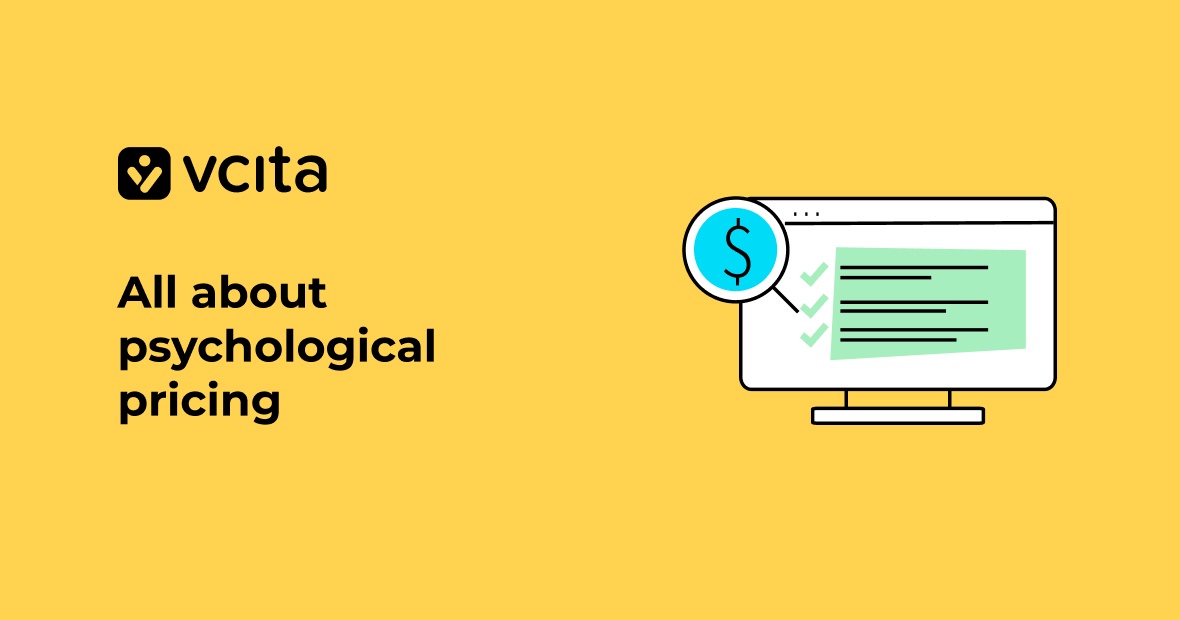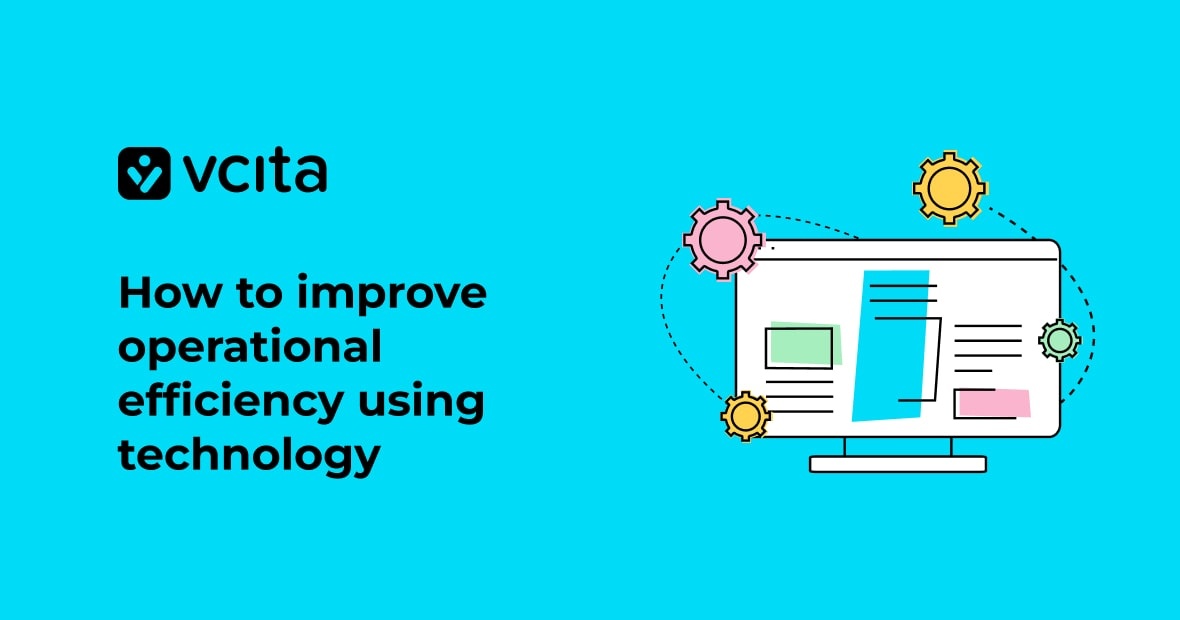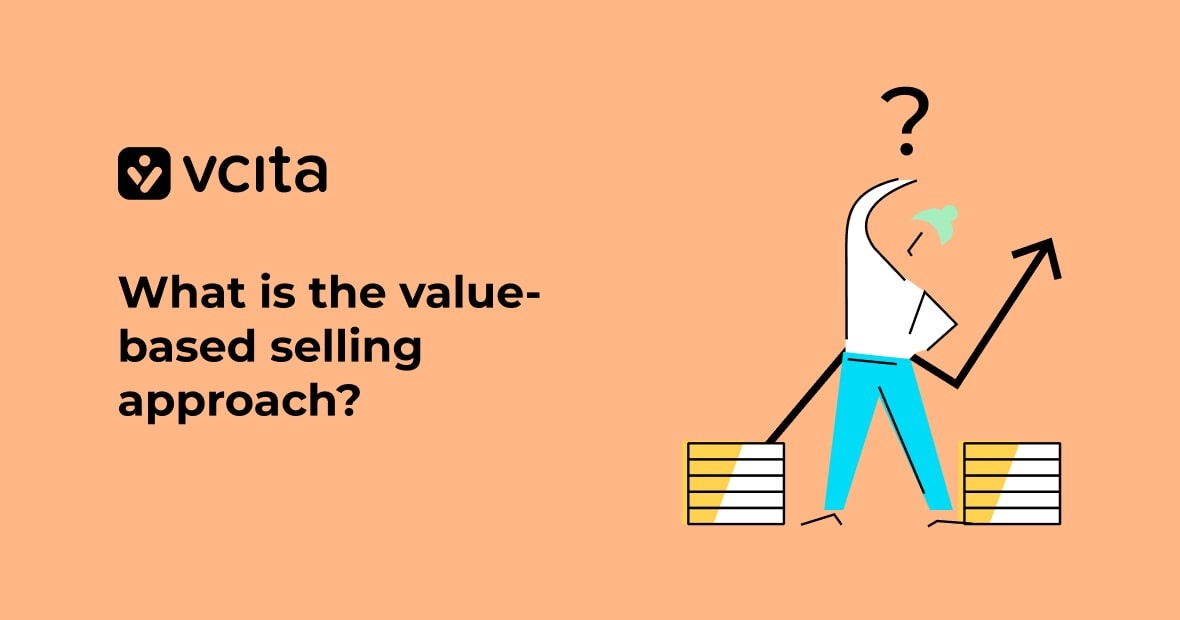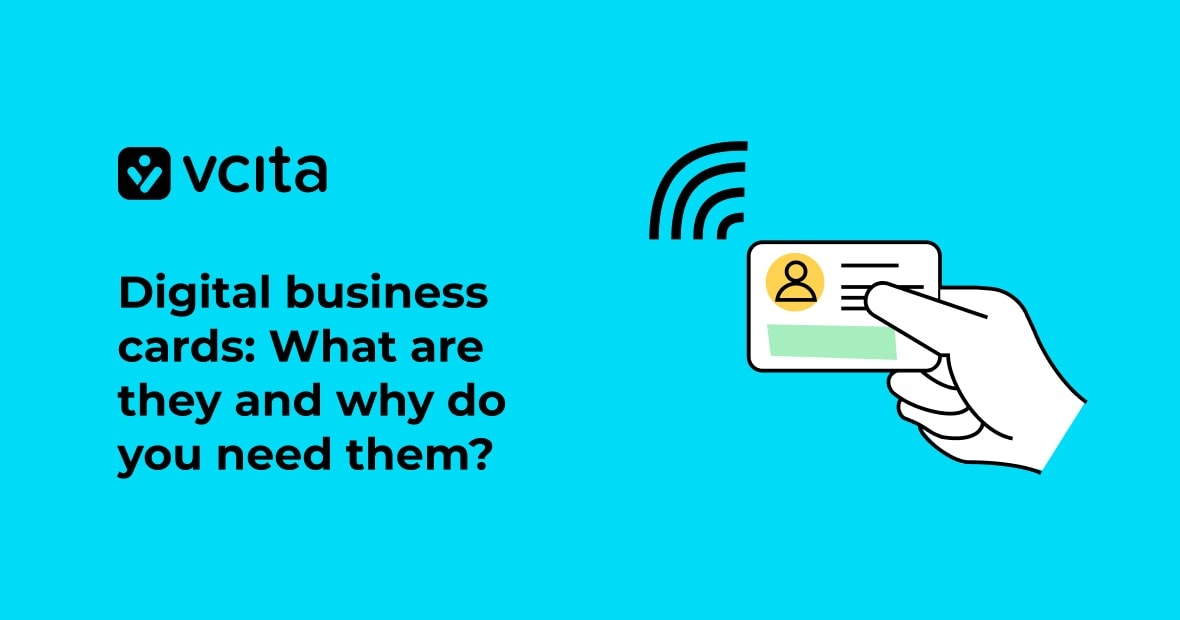You know how important finding your ideal customers is for growing your business. But are you using the right strategies to attract them? Psychological pricing has been used for over a century by companies who want to maximize profits. Now it’s time for you as a small business owner to leverage this strategy, measure how customers experience your brand, and build a sustainable company with a loyal customer base.
Psychological pricing is a clever tactic used by major brands to target customers who will pay premium prices.The good news is you can apply the same techniques to your small business. Behavioral targeting allows you to analyze how customers interact with your business and make data-driven decisions to improve their experience. By developing detailed ideal customer profiles and fostering a customer-centric culture, you’ll gain valuable insights into the type of client you should pursue. The end result? You’ll be able to charge higher prices to the customers who value your services the most.
The key is finding your sweet spot – that ideal type of customer willing to pay a premium for the value you provide. Read on to learn how to achieve this goal.
What is psychological pricing?
Psychological pricing is a pricing method that uses strategic price points to tap into customers’ emotions and perceptions of value. The theory is that certain prices have a psychological impact and can influence buying habits.
The practice of psychological pricing, or odd pricing, was invented in the US in the 19th century. Retailers noticed that customers were more attracted to prices like $0.99 or $9.95, rather than $1 or $10. These odd prices made items seem more affordable and appealed to customers’ emotions. Psychological pricing is still used today to make products seem like a better value.
Psychological pricing helps businesses attract their ideal customers by tapping into human behavior and the desire to get a good deal. Using strategies like price anchoring, charm pricing, and price bundling, you can build an emotional connection with customers, measure their experience, and gain behavioral insights to create targeted offers.
The psychology behind how psychological pricing works
Psychological pricing takes advantage of the way our brains perceive numbers by setting prices just below round numbers. This strategy creates the perception of a deal and prompts an emotional reaction that influences buying behavior.
People usually round numbers down in their minds. When someone sees a price tag for $9.99, their brain focuses on the first number – the 9. They perceive $9.99 as closer to $9 than $10, even though there’s only a penny difference. This tricks the brain into thinking the item is cheaper than it really is.
Psychological pricing works because we don’t always make rational decisions. Our reactions to prices are often emotional. This strategy has been used for decades because it’s effective at influencing customer behavior and prompting sales.
How to implement psychological pricing: an overview
With the right approach, psychological pricing can be a powerful way to attract your ideal customers and boost your bottom line. But it only works when you build a customer-centric culture focused on value and experience. When you put the customer first and understand their needs, you can tailor your pricing and marketing to match.
Here’s a brief summary of the process of implementing psychological pricing:
- Determine ideal customer profiles so you know what your target audience really needs and understand their pain points so you can appeal to their emotions and perceptions.
- Foster a customer-centric culture that puts the customer experience first. Make sure your team understands the psychology behind your pricing strategies and share your approach to customer relationships.
- Test different price points to find the sweet spot for your target audience. Psychological pricing creates positive feelings by giving the perception of a bargain, but the price that optimizes sales and profits depends on your customers and industry.
- Measure customer experience to understand how customers feel about the experience you offer. This affects the prices they are willing to pay, and how they feel about your prices also impacts their experience and loyalty.
- Combine with other strategies like bundling, anchoring, and charm pricing for the biggest impact.
Psychological pricing strategies
There are a number of different ways to apply psychological pricing to your business. Your choice will be determined by your vertical, your target audience, and more, but there are some main strategies that are used time and time again.
Charm pricing
Charm pricing involves setting prices just under a whole number, e.g. $9.99 instead of $10. This creates the perception of a deal and implies a discount. Even though it’s only a penny less, it makes a big psychological difference. Studies show charm pricing can increase sales volume by up to 24%.
Prestige pricing
With prestige pricing, you set prices at a premium to convey quality, status or exclusivity. This appeals to customers seeking high-end goods and services. While it may decrease overall sales volume, it attracts big-spending customers. Many luxury brands employ prestige pricing to position their business as high-end and match customer expectations.
Partitioned pricing
Partitioned pricing means breaking down a product’s price into smaller components, such as selling a $399 product for 3 monthly payments of $133. This makes the overall cost seem more affordable and palatable, and many customers prefer paying in installments versus a lump sum. Offering financing or payment plans is a form of partitioned pricing.
How to use psychological pricing to attract your ideal customers
One of the most effective ways to attract your ideal customers is through psychological pricing. This leverages human psychology and cognitive biases to influence how people perceive and respond to your business. Here’s a more detailed explanation of how to apply psychological pricing for your business.
-
Identify your ideal customers
A customer-centric culture starts with understanding the customer journey from their perspective, so research the customers you most want to attract and serve. Define their key attributes, behaviors and motivations, and get to know their needs, values, and price sensitivity. Use this information to create detailed ideal customer profiles, or ICPs, which you can then use to focus your pricing and marketing efforts.
-
Measure the customer experience
Track how your ideal customers interact with your business at each touchpoint and seek their feedback through surveys and reviews, to make sure that you are delivering the products, services, and overall experience that they expect. Look for ways to streamline their interactions with your business, and address any pain points.
-
Price for your ideal customers
Now you can develop pricing that specifically appeals to your ideal customers. For example, if your target clients are budget-conscious families, set lower price points, but for high-end clients, premium pricing will help establish a reputation for luxury and exclusivity. Test different price points to find which one resonates most with your ideal customers while still being profitable for your business.
One word of warning: never sacrifice integrity or transparency for a quick sale. Educate yourself on ethical pricing practices and consumer protection laws, and keep your customers’ needs and trust in mind at all times. This will serve your business well in the long run.
Psychological pricing can be your key to business success
So there you have it, an introduction to the power of psychological pricing and how you can apply it to your business. Psychological pricing strategies have been proven to increase sales, so implementing them in your small business can help attract your ideal customers. The key is knowing your target customers well, delivering a customer-centric culture, and continuously measuring customer experience. By using psychological pricing, you’ll be well on your way to finding and attracting your ideal customers.




























